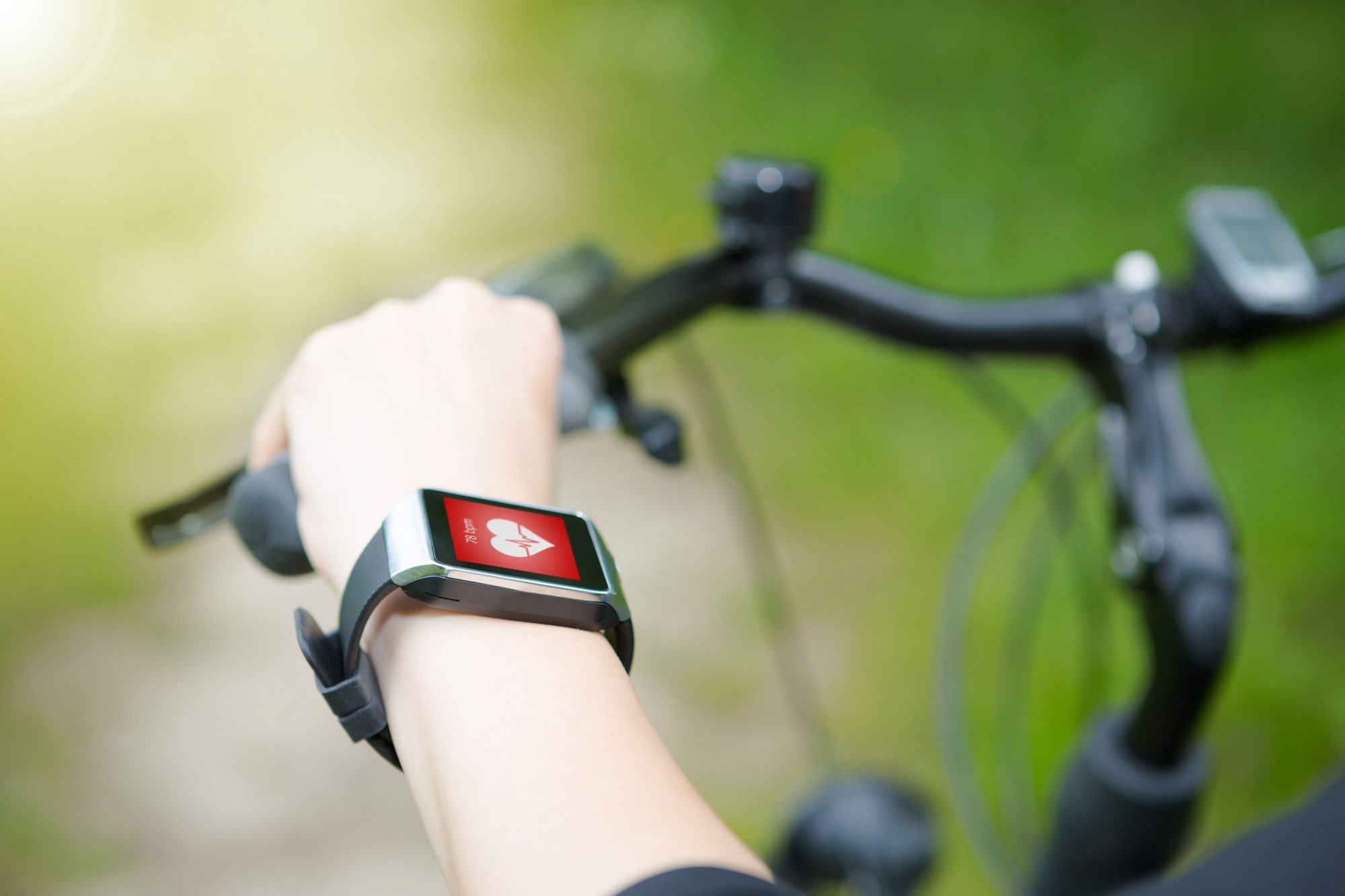An article published in Scientific Reports journal details the comprehensive protocol used by the Mobilise-D (Intelligent Big Data Platform for Analysing Mobility Data) consortium. Their goal was a robust technical validation spanning laboratory and free-living contexts across multiple clinical cohorts. Participants were from six groups: congestive heart failure (CHF), chronic obstructive pulmonary disease (COPD), healthy older adults (HA), multiple sclerosis (MS), Parkinson's disease (PD), and proximal femoral fracture (PFF).
 Study: Mobilise-D: Wearables' Leap in Real-world Mobility Monitoring. Image credit: REDPIXEL.PL/Shutterstock
Study: Mobilise-D: Wearables' Leap in Real-world Mobility Monitoring. Image credit: REDPIXEL.PL/Shutterstock
The participants wore a single lower-back inertial measurement unit (IMU)-based wearable device alongside a multi-sensor reference system. This system had pressure insoles for gait analysis called Integrated Network for Insole Pressure Analysis (INDIP). INDIP has already shown excellent reliability in accurately quantifying various spatial, temporal, and biomechanical gait outcomes across these cohorts. The 2.5-hour real-world protocol was designed to enable the capture of a diverse range of activities and environments.
The performance of the algorithms was thoroughly evaluated on both walking about and individual stride levels. The testing environment, clinical cohort, task complexity, duration, and walking speed were important factors assessed. The walking speed estimation pipelines judiciously combined various algorithms that performed best for detecting gait sequences, determining stride laterality, detecting initial contacts, estimating cadence, and calculating stride length.
Key findings
Overall, laboratory-based walking speed estimates showed excellent agreement with the INDIP reference system, with intraclass correlation coefficients (ICC) ranging from 0.79 to 0.91 across cohorts. For the 2.5-hour real-world assessments, ICCs were between moderate to good (0.57-0.88). In terms of absolute errors, mean absolute errors ranged from 0.06-0.12 m/s in the laboratory context. Real-world mean absolute errors were marginally higher and ranged between 0.09-0.13 m/s.
Notably, walking speed errors systematically increased for more complex, unpredictable gait tasks, short walking bouts lasting less than 10 seconds, and abnormally slow gait speeds. Differences in performance metrics between cohorts were mainly minor. Based on the overall results, the authors conclude that while this IMU-based wearable device suffices for reasonably accurate walking speed estimation, its performance varies depending on specific contexts and environments.
The authors have several insightful recommendations for sufficiently robust validation and judicious clinical application of digital walking speed outcomes from wearables. Comprehensive real-world validation testing remains vital for reliable error metrics, even though replicating some common unpredictable walking challenges is feasible in judiciously designed complex lab tasks. They also highlight that advanced reference systems like INDIP can provide accurate comparative stride-level real-world mobility data.
Detailed analysis of only matched actual joyous walking bouts gives beneficial fine-grained insights into algorithm performance. However, cross-validating median walking speeds aggregated across all detected data is equally crucial to avoiding potential optimistic biases. Optimally reliable walking speed estimates were obtained from bouts longer than 10 seconds containing a predominance of straight walking without frequent turns or stops. Ultimately, though, suitable durations and constraints depend significantly on the cohort being tested and the exact nature of the intended clinical or research application.
Future outlook
This large-scale investigation undertaken by the Mobilise-D consortium constitutes an essential milestone in ubiquitously monitoring walking speed solely via wearable devices. However, this is only the first step towards realizing the full potential of continuous real-world mobility monitoring for transforming healthcare. Their extensive and multi-faceted analysis also highlights promising future directions for research and validation frameworks for digital mobility outcomes.
There remains immense scope for continued advances in algorithm design, especially for robust spatial parameter quantification and reliably detecting gait events even in unpredictably complex real-world settings. Machine learning approaches exploiting large heterogeneous datasets can better handle variability across cohorts, environments, and device positioning. Deep learning methods can also circumvent the constraints of hand-engineered feature extraction. Additionally, specialized network architectures like recurrent networks may intrinsically encode temporal dynamics over lengthy durations.
As algorithms advance, functionality can expand to several other less-studied cohorts and effectively harness valuable mobility analytics even from extremely short and erratic gait bouts. Multi-sensor data fusion should be explored for handling challenging situations based on complementary information. For instance, barometers detect stair ascents and descents, while Ultra-Wide Band signals can localize device positioning. Additional contextual information like the type of walking surface would help select optimal model or signal segments with minimal errors. Edge computing should be leveraged so sensor-algorithm combinations can become self-calibrated by tuning to personalized gait signatures.
Ultimately, the collaborative findings pave an accelerated path to bringing precise real-world mobility analytics beyond carefully administered lab assessments. This would enable ubiquitous remote patient monitoring and even closed-loop personalized interventions. With the rapid commoditization of smartphone sensors and expanding 5G connectivity, such robust anywhere-anytime walking speed estimation can become seamlessly integrated into telehealth infrastructure and ambient assisted living ecosystems. This would provide healthcare professionals unprecedented functional health insights to take timely preventative actions.
Promising quality-of-life applications also lie in innovative rehabilitation technology for adherence and progress surveillance during community-based exercises. Democratized access to such advanced mobility mapping unlocks tremendous opportunities for enhancing life-spaces and fostering healthier aging.